Billions of pounds are being ploughed into increasing capacity on the London Underground - extending routes, procuring new stock and redeveloping stations.
As 2015 drew to a close, we saw a £563 million project approved to upgrade Bank station, and technical work begin on planning an extension of the Bakerloo Line to Lewisham.
Into 2016, and LU has moved a step closer to signing the largest train order in its history (up to £2.5 billion), after issuing its Invitation To Tender on January 18 to manufacturers hoping to design and build 250 of the next generation of trains for the Deep Tube (RAIL 793).
This ought to be good news for passengers who are flocking to the Tube in record numbers (RAIL 790). Transport for London confirmed that 18 of the busiest days in LU’s history came in 2015, which will surely be surpassed once Night Tube services eventually start bringing 24-hour running to parts of the network.
But the inevitable impact of running the Night Tube will be a reduction in the amount of time available to carry out vital maintenance work. Add the need to convey ever-increasing numbers of people, and the result is a network far less tolerant of closures or service disruption. This is a problem for LU’s maintenance crews, who must still renew the Tube’s infrastructure and keep it in good working order, but in a much shorter timeframe.
One route to minimising track possessions is by investing in and mechanising LU’s maintenance fleet, which is in desperate need of replacement anyway following decades of cash starvation.
“Successive governments over the last 30 to 40 years have put lots of focus on new trains and stations. Line capacity was very much the priority,” explains Senior Project Manager Lee Gladstone, who heads the project with a team of 20 designers and engineers.
“But in recent years there has been more recognition that infrastructure assets were becoming life-expired. This is a critical area but had received no investment, so the powers-that-be felt that now was the right time to allocate some project cash.
“We must find a way to deliver renewals in a less disruptive way. But the business case is more obvious now as, in addition to mechanisation bringing down unit costs, we have to protect the abilities we have with new equipment.”
Gladstone, who was a manufacturing engineer at Ford for 18 years before joining LU in 2007, was tasked with setting up the Track Plant Depot & Infrastructure (TPDI) programme in 2012, and assembling the team to deliver it.
He was initially set a budget of £50m, but available resources have rapidly doubled as more and more areas are identified for investment (RAIL 751).
The first project on the drawing board was the need for new tamping machines, which LU took delivery of at Ruislip depot on December 4 2015.
Costing £3.5m each, two new B45 Matisa units will enable LU to phase out two Class 07 Plasser plain machines that have been in service since the 1970s. Lee explains that the decision to invest in tampers not only satisfied the criteria that the old units had become life-expired, but that the new machines would also offer clear efficiency gains by reducing blockade closure time.
“The main reason for buying these is that they have more grunt. Not only do they replace an ageing fleet, we are having to tamper larger modular track units on concrete bases, requiring a much bigger machine.
“The ‘B45s’ can also tamp two tracks at the same time by running in tandem, which we could not do previously.”
Also under the TPDI programme, and following the same funding formula, is a £15m contract awarded for two 250-tonne Kirow cranes and eight specialist tilt-deck wagons, which will facilitate the process of renewing heavy concrete modular track units.
Ten Schoma locomotives are being converted from diesel to electric battery at a cost of £5m (RAIL 751), while LU will be purchasing 66 box wagons to replace 100 ex-British Rail Turbot wagons that have been in service for almost 50 years. Finally, 20 flat wagons will be replaced by newer and larger variants.
These current projects and others on the drawing board will lead TPDI through to 2020, although Gladstone says that the budget is likely to increase as further opportunities to enhance the maintenance fleet are identified.
As the first bits of kit to be delivered, he is hoping that LU’s two new tampers will be the catalyst for other decisions still pending in other areas of the fleet.
“The programme is likely to be in continuum, as new plant needs replacing and others become life-expired. If we can spend to save then I don’t see why that (budget increase) wouldn’t happen, and it is likely that other things will come up.
“Success breeds success, and having the tampers definitely helps the credibility of our team when we ask for more money. It’s the first thing to be developed in new plant for 20 or 30 years.
“It’s great to see a nice shiny bit of new kit when you’ve lived and breathed it for three years. It was the first project in 2012, so to get to having that new machine on our tracks was a very proud moment.”
- This feature was published in RAIL 794 on February 17 2016.

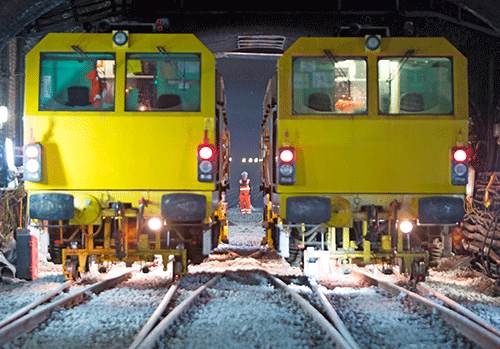
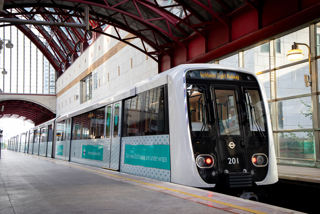
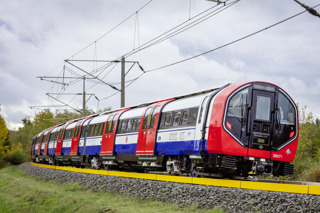

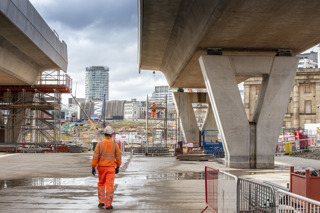
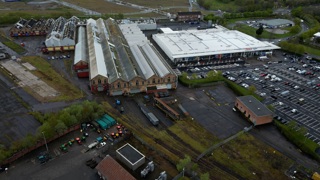











Andrewjgwilt1989 - 24/04/2016 13:59
Those tampering machines that London Underground have do maintain all 11 lines to maintain the Underground lines and to keep the London Underground moving with new tracks, signalling, electrification and new trains on the Sub Surface lines and Victoria line with Bakerloo, Piccadilly, Central and Waterloo & City lines are getting new train in the 2020's.